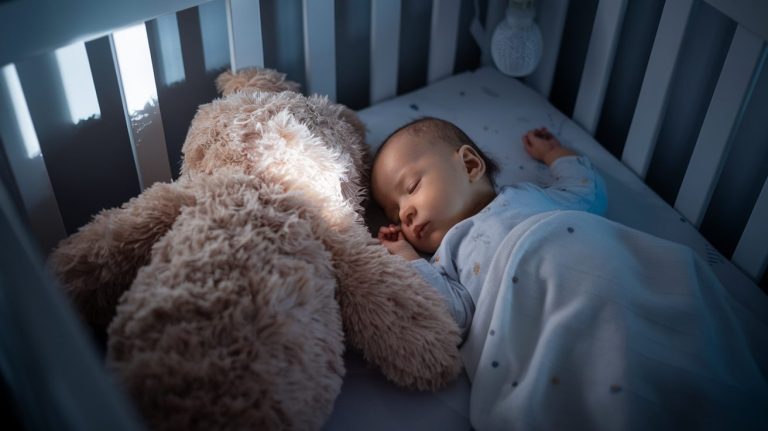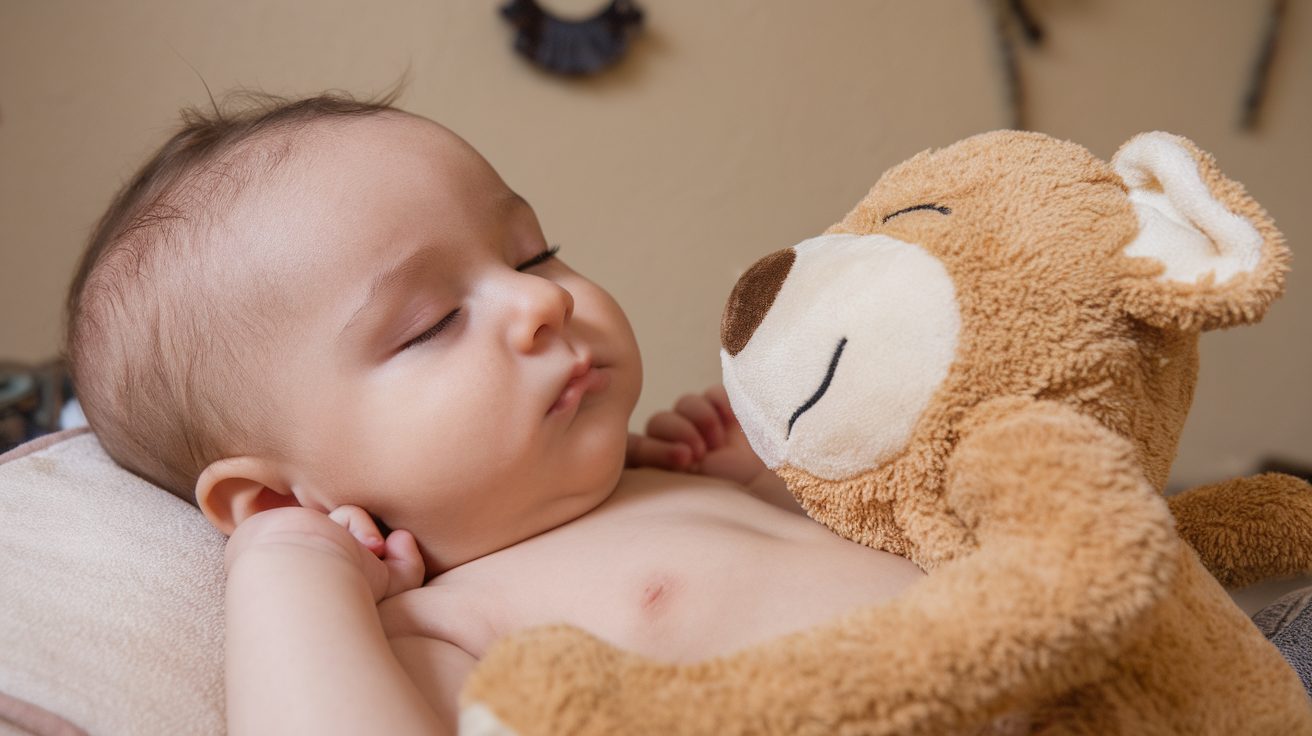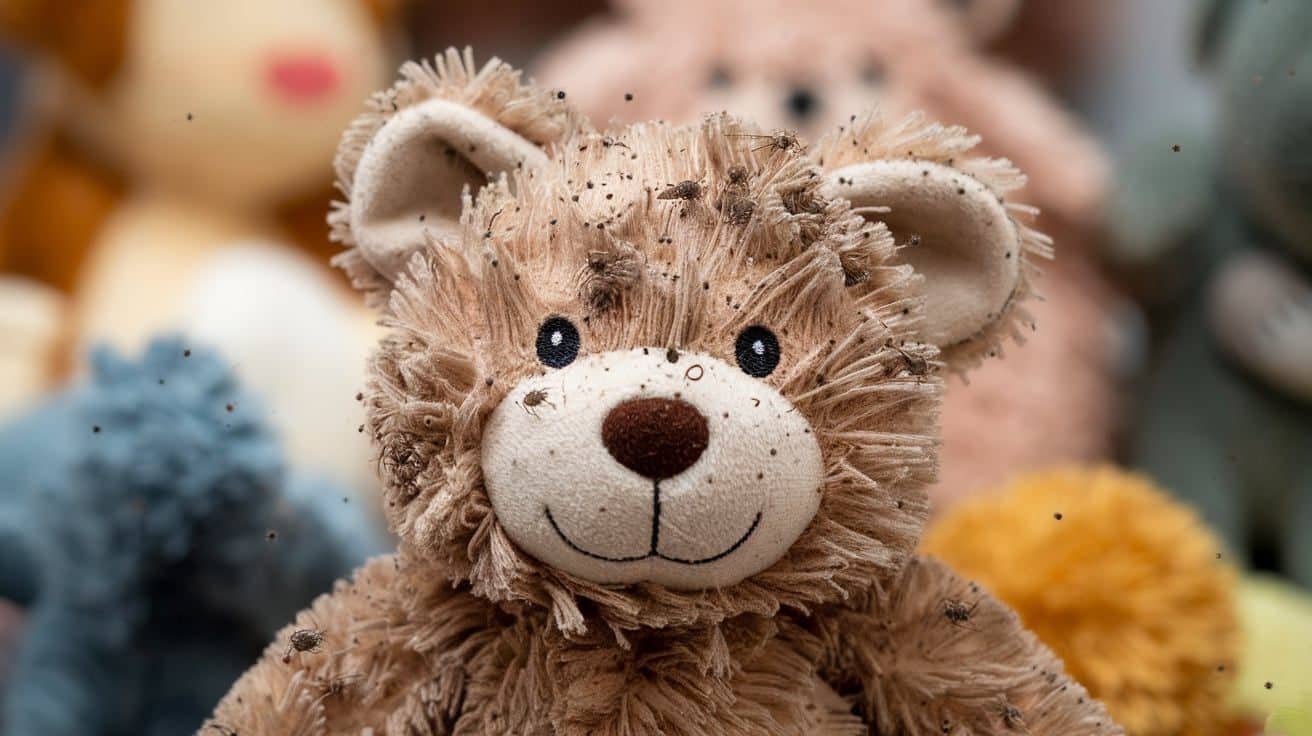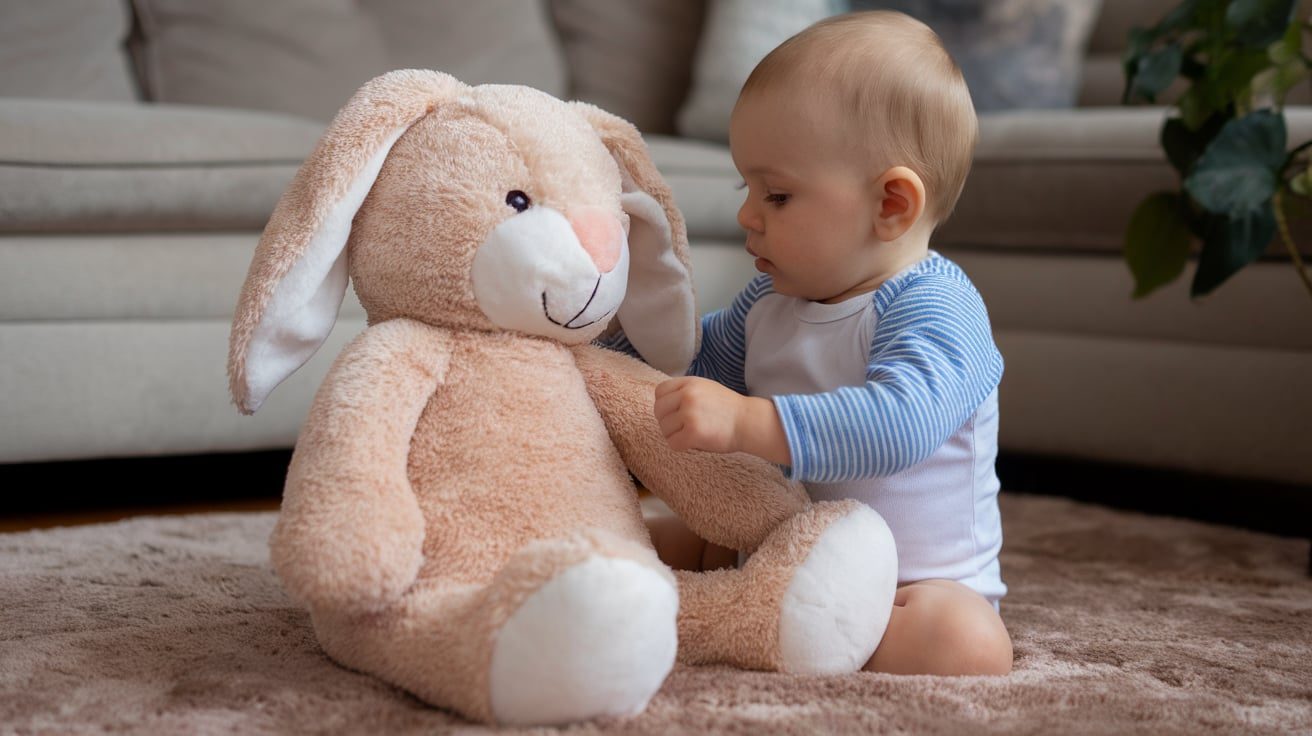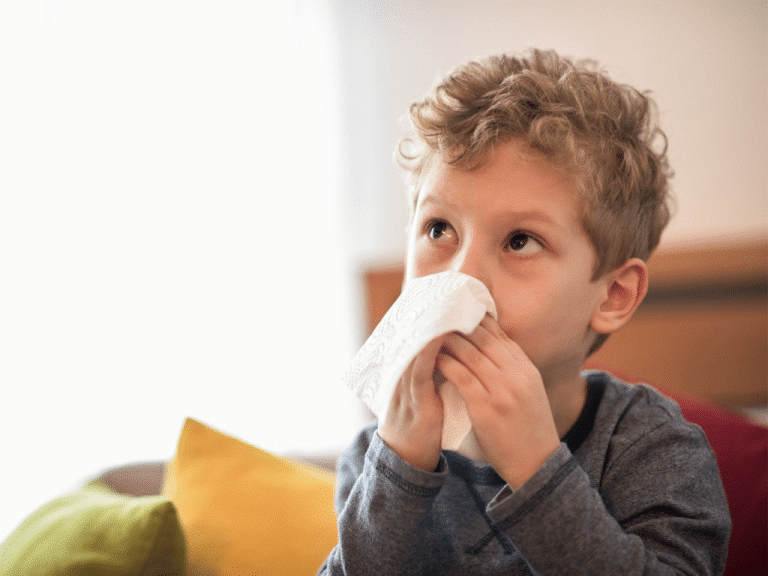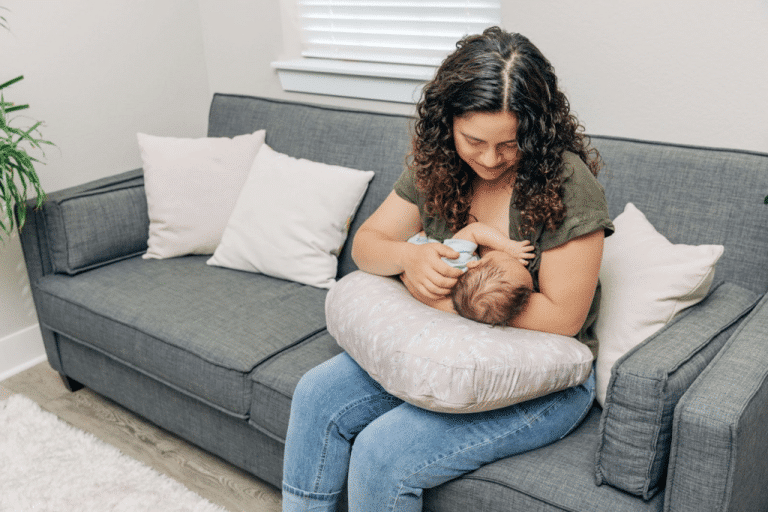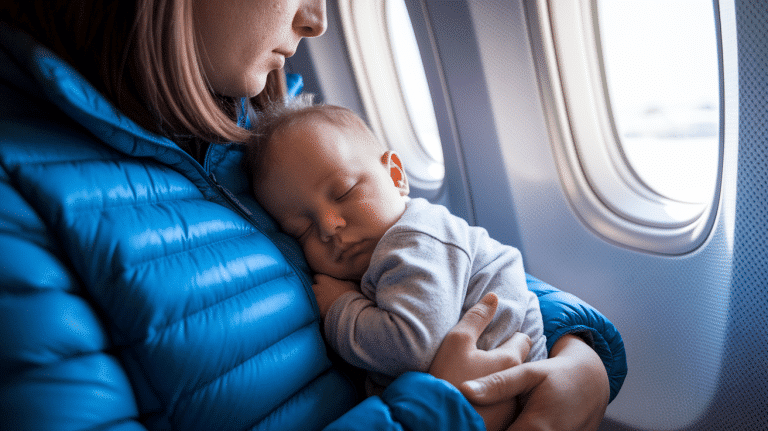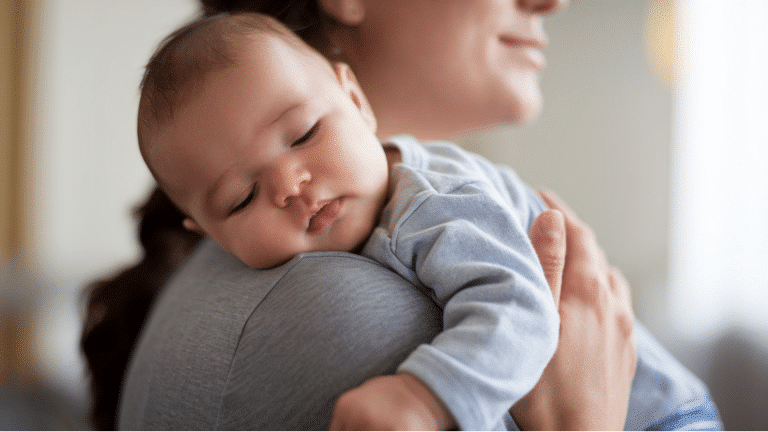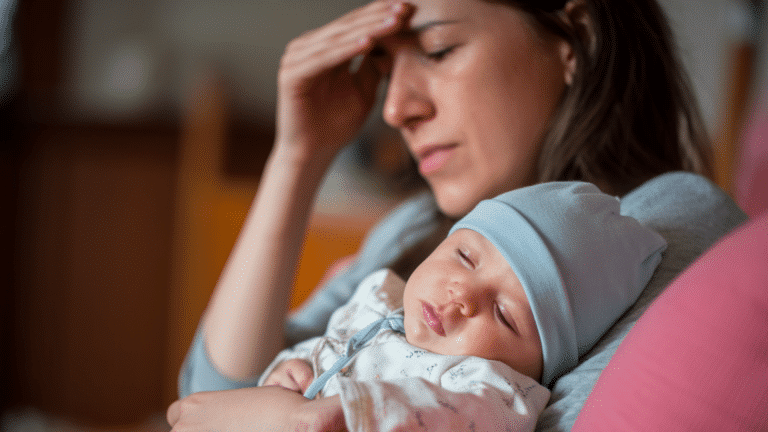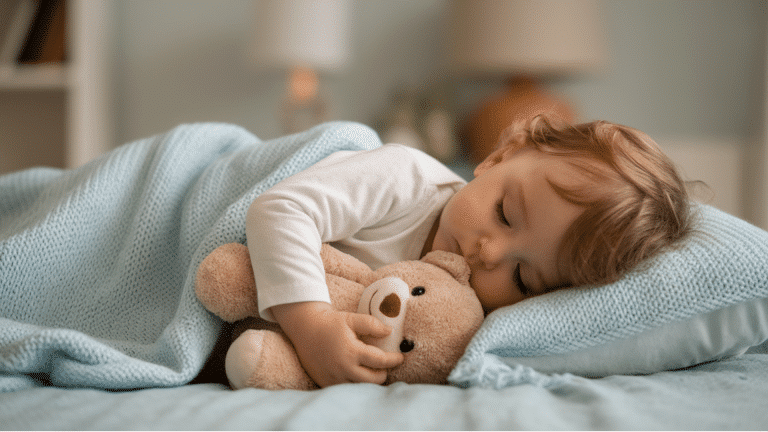As a parent, one of your top priorities is creating a safe and cozy sleep space for your baby.
The idea of adding a stuffed animal to their crib might seem like a comforting way to help them feel secure and fall asleep peacefully.
I remember when my little one was just a few months old, and I thought about introducing a stuffed animal into their crib.
It seemed like such a sweet, cuddly idea—after all, who wouldn’t want a soft companion for a restful night’s sleep?
But soon, I realized that determining the right time to introduce these soft toys wasn’t as simple as I had expected, as it involved several important safety considerations.
This guide will help you understand when can babies safely sleep with a stuffed animal, the benefits they offer, and tips for choosing the right one—all while keeping your baby’s safety a top priority.
When Can Babies Sleep with Stuffed Animals?
It is recommended that babies sleep with stuffed animals only after they are at least 12 months old. Before this age, introducing soft toys like stuffed animals in the crib is generally not advised.
Babies under 12 months have limited physical abilities to move objects away from their faces.
Soft toys like stuffed animals can block their nose and mouth, making it harder to breathe, which can increase the risk of suffocation or SIDS (Sudden Infant Death Syndrome) .
Safety is the priority.
Let’s dive into the details and explore what experts say about keeping your baby safe during sleep.
Safety First: What Experts Say
The American Academy of Pediatrics (AAP) advises parents to keep their baby’s sleep environment free of stuffed animals, pillows, blankets, and other soft objects until the baby is at least 12 months old.
Here’s why these guidelines are so important:
- Suffocation Risk: Soft toys can cover a baby’s mouth or nose, making it harder for them to breathe.
- Firm Sleep Surface: The AAP recommends using a firm mattress with a tight-fitting sheet. This helps reduce the risk of suffocation and allows your baby to move freely without being restricted by soft objects.
- Reducing SIDS: Sudden Infant Death Syndrome (SIDS) is a risk that is most prevalent in babies under one year. Following safe sleep practices can help reduce this risk significantly.
The Major Signs Your Baby is Ready to sleep with the toys:
- Motor Skills Development: Can your baby roll over, sit up, or move objects? These motor skills show they are more prepared to safely interact with stuffed animals.
- Emotional Attachment: Between 8 and 12 months, many babies begin to form attachments to toys, including stuffed animals. This is a great sign that they might be ready to sleep with one.
Benefits of Sleeping with Stuffed Animals After 12 Months
1. Emotional Comfort and Security
Stuffed animals can offer emotional support, especially during times of change. Whether it’s moving to a new room or adjusting to a new sleep schedule, having a cuddly friend can help your baby feel secure and calm.
- Helps with Separation Anxiety: If your baby is feeling anxious about being apart from you, a stuffed animal can provide comfort and help them feel less lonely.
- Sense of Security: A soft, familiar object can help your baby relax and fall asleep more easily.
2. Cognitive and Developmental Growth
Stuffed animals aren’t just comforting objects. They can play a role in your baby’s cognitive and sensory development:
- Imaginative Play: As babies grow, they start to interact with their stuffed animals through play. This encourages imagination, language skills, and social development.
- Sleep Quality: Having a regular bedtime companion can help establish a bedtime routine, leading to better sleep patterns and improved rest.
How to Choose the Right Stuffed Animal for Sleep
When your baby reaches 12 months, it’s time to pick the right stuffed animal. Here’s what to consider to keep them safe:
Safety Features:
- Size: Choose a small, lightweight stuffed animal that your baby can easily hold without any choking risk.
- No Small Parts: Ensure there are no detachable parts like buttons, beads, or eyes that could pose a choking hazard.
- Hypoallergenic Materials: Go for stuffed animals made of materials that won’t trigger allergic reactions. Soft, organic fabrics are a safe choice.
- Washable: Babies can get messy, so select a stuffed animal that is easy to clean and maintain.
Common Risks Of Sleeping with Stuffed Animals
1. Allergic Reactions and Skin Sensitivities
Stuffed animals can sometimes carry allergens, such as dust mites or chemicals. If your baby is sensitive to these, it might cause sneezing, rashes, or breathing problems.
- Solution: Always wash your baby’s stuffed animals regularly to keep them free of allergens and dirt.
2. Choking Hazards
Some stuffed animals have small parts like buttons, eyes, or ribbons that could break off and pose a choking risk. Always check for loose parts, especially in toys that are older or not specifically made for infants.
- Solution: Choose stuffed animals with securely attached features and avoid older toys with small, detachable parts.
3. Impact on Development
While stuffed animals offer comfort, it’s important to make sure your baby isn’t overly reliant on them. Overuse might hinder social interactions and make it harder for your baby to develop independence.
- Solution: Encourage other types of play and exploration to promote well-rounded development.
How To Create a Safe Sleeping Environment For Them
Creating a safe and cozy sleep space for your baby is essential, especially when introducing a stuffed animal. While stuffed animals can be comforting, safety comes first. Here’s how to do it safely:
1. Start Slowly with the Stuffed Animal
Introduce the stuffed animal during the day, not just at bedtime. Let your baby play with it while they’re awake to get familiar with it. Once they seem comfortable, you can start using it at bedtime. Keep an eye on how they react, and if they seem happy with it, you can add it to their nighttime routine.
2. Keep the Sleep Area Safe
Make sure the crib is clear of pillows, blankets, and bumper pads. A firm mattress with a tight-fitting sheet is best. This simple setup reduces any risk of suffocation or other hazards, keeping your baby safe while they sleep.
3. Pick the Right Stuffed Animal
Choose a small, lightweight stuffed animal that’s safe for your baby’s age. Make sure there are no small parts that could come off and become a choking hazard. Also, look for hypoallergenic materials to avoid allergic reactions, and pick a toy that’s easy to wash.
4. Watch Your Baby’s Comfort and Development
As your baby gets used to their stuffed animal, pay attention to how they’re sleeping and if they seem secure. While stuffed animals can offer comfort, balance their use with other play activities to help your baby grow socially and develop independence.
Conclusion
To summarize, 12 months is the safe age to introduce stuffed animals into your baby’s sleep routine.
At this stage, stuffed animals can offer comfort, emotional security, and developmental benefits, helping your baby feel secure and encouraging imaginative play.
However, it’s important to always choose age-appropriate, safe toys and ensure the crib is free of choking hazards and allergens.
By following expert advice and trusting your instincts, you can create a cozy and safe sleep environment for your baby.
It’s essential to check the safety standards of stuffed animals before introducing them and gradually incorporate the toy into your baby’s daytime routine to help them adjust.
With these steps, you’ll be able to provide your baby with the comfort of a stuffed animal while ensuring they are safe and secure.
Remember, consistency and patience will help your little one feel more at ease as they adjust to their new sleep companion.

